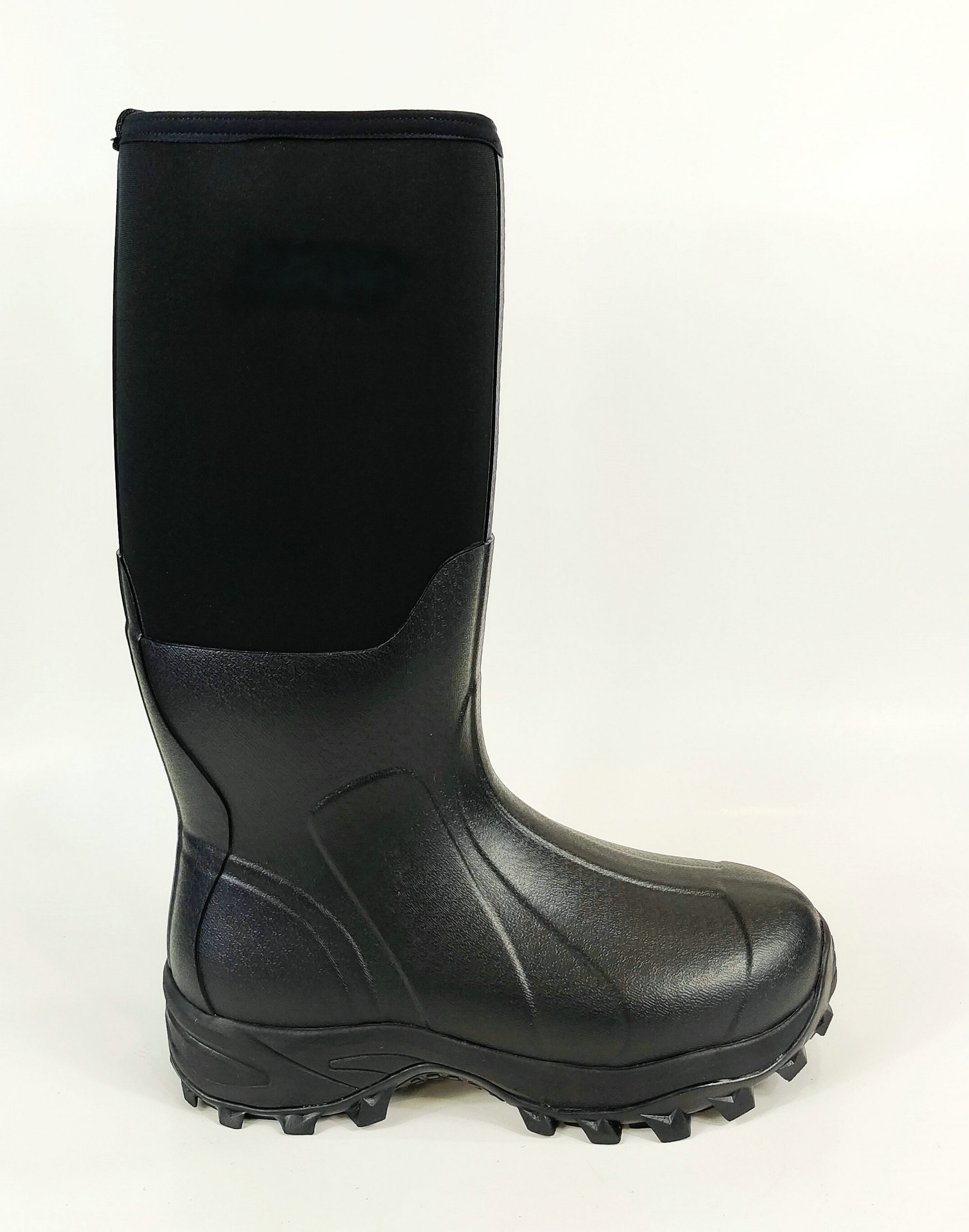Different Types of Sports Shoes Finding the Right Fit for Every Activity
When it comes to physical activities, the right pair of shoes can make a world of difference. Sports shoes are not just about comfort; they play a crucial role in performance, injury prevention, and overall enjoyment of the sport. With a plethora of options available on the market, understanding the different types of sports shoes is essential for athletes and casual fitness enthusiasts alike. This article will explore various types of sports shoes and their specific features to help you find the perfect fit for your needs.
1. Running Shoes
Running shoes are designed specifically for the unique mechanics of running. They offer cushioning, stability, and support to handle the impact of repetitive motion. Typically, these shoes feature lightweight materials that ensure breathability while accommodating the natural movement of the foot. There are two main categories neutral shoes for runners with a neutral gait and stability shoes for those who overpronate. Additionally, trail running shoes provide added traction and support for uneven terrains, making them ideal for off-road running.
2. Basketball Shoes
Basketball shoes are built to support quick lateral movements and vertical jumps. They generally have a high-top design that provides ankle support, which is vital in a sport that involves a lot of twisting and turning. The sole of a basketball shoe is often made with rubber compounds that offer excellent grip on polished court surfaces. Moreover, they are designed to cushion the heel and provide energy return, making them perfect for high-impact landings and sprints across the court.
3. Soccer Cleats
Soccer cleats, also known as football boots in many parts of the world, are designed for explosive movements and stability on the field. They feature specialized studs on the sole to provide traction on grass or artificial turf, preventing slippage and allowing for swift changes in direction. The fit is typically snug to enhance ball control and foot stability. Different types of cleats cater to various playing surfaces, such as firm ground, soft ground, and artificial ground, ensuring that players can perform optimally regardless of conditions.
4
. Cross-Training Shoesdifferent types of sports shoes

Cross-training shoes are versatile footwear designed for various activities, making them popular among multi-sport athletes. They offer a balance of support, durability, and flexibility, making them suitable for workouts that combine weightlifting, aerobics, or circuit training. The tread pattern provides decent grip for different surfaces, and the cushioning is designed to handle multiple types of impact. These shoes are perfect for individuals who participate in gym workouts or take part in group fitness classes.
5. Tennis Shoes
Tennis requires quick, agile movements and directional changes, making specialized tennis shoes essential. These shoes typically feature reinforced sides to protect against lateral stress and ribbed soles designed for better traction on the court. Depending on the court surface, options vary between hard court, clay court, and grass court shoes – each engineered to adapt to the unique playing conditions. Tennis shoes also provide ample cushioning to absorb the shock of rapid sprints and stops.
6. Hiking Shoes
Hiking shoes are designed to provide comfort and support on rugged terrains. They usually have a sturdy outsole made of rubber for optimal grip on uneven surfaces, along with a breathable upper to keep feet cool and dry. Depending on the length and difficulty of the trail, hikers can choose between lightweight shoes for short treks and more robust boots for multi-day excursions, which offer extra ankle support and insulation.
7. Aerobic Shoes
Aerobic shoes are designed specifically for activities that involve continuous movement. They offer a low-profile design and lightweight construction with a good level of cushioning. The flexibility of the sole is crucial for the various foot movements common in aerobic workouts, such as dancing or high-intensity interval training (HIIT). These shoes prioritize comfort and shock absorption, ensuring that participants can keep moving without discomfort.
Conclusion
Choosing the right type of sports shoe is essential for maximizing performance and ensuring comfort during various physical activities. Whether you're a dedicated athlete or just enjoy occasional exercise, investing in the proper footwear tailored to your specific sport can significantly enhance your experience. Always consider the unique demands of your chosen activity, and don’t hesitate to seek professional advice when selecting your next pair of sports shoes. With the right fit, you can elevate your performance and keep yourself injury-free, allowing you to enjoy the sport you love.
-
White Rubber Shoes in Retro Fashion TrendsNewsJun.04,2025
-
Safety Wellies with Electrical Hazard ProtectionNewsJun.04,2025
-
Hunting and Fishing Boots for Rocky TerrainsNewsJun.04,2025
-
Eco-friendly Waders Made from Recycled MaterialsNewsJun.04,2025
-
Black Boots Rubber: Durability and Style CombinedNewsJun.04,2025
-
Women’s Waders: Comfortable Designs for All-Day FishingNewsMay.28,2025
-
Pairing Dresses with Fashion Rubber BootsNewsMay.28,2025











